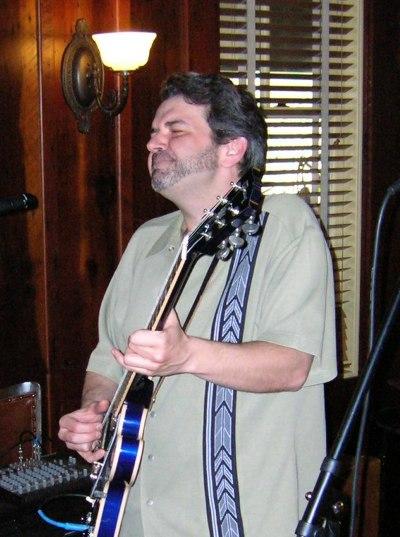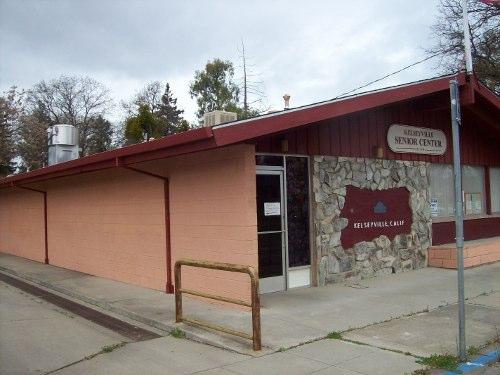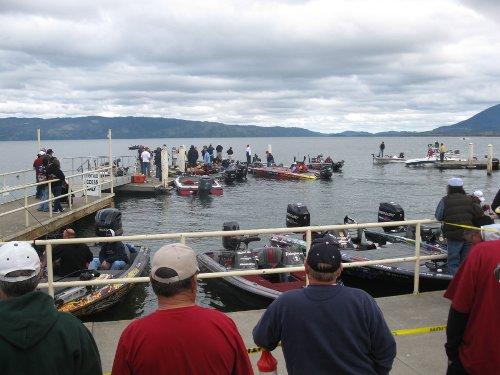The National Oceanic and Atmospheric Administration and the National Tsunami Hazard Mitigation Program have designated March 21-27 as Tsunami Awareness Week.
This designation comes in the wake of last month’s tsunami in Chile and less than six months after a tsunami hit American Samoa, both events resulting in loss of life and property.
As part of tsunami awareness week, NOAA’s National Weather Service will host open houses at its tsunami warning centers in Alaska and Hawaii, and many coastal states will host community tsunami awareness activities.
California will launch a statewide tsunami awareness campaign including a new classroom lesson plan, two municipalities in Puerto Rico will complete requirements to become National Weather Service-designated TsunamiReady communities and Hawaii’s Lt. Governor, Duke Aiona, will host a tsunami awareness event at a school within a tsunami inundation zone on Oahu.
“NOAA continues to improve our ability to detect, forecast and warn for tsunamis,” said Jane Lubchenco, Ph.D., under secretary of commerce for oceans and atmosphere and NOAA administrator. “But warnings are only part of the equation. To survive a tsunami, coastal residents and visitors need to know how to recognize a tsunami threat and how to get to safety quickly.”
Lubchenco noted that the U.S. coast is vulnerable to near-and onshore earthquakes, similar to recent tragedies in American Samoa and Chile. Those earthquakes generated fast-moving tsunamis that struck within 20 minutes with little or no warning.
A powerful earthquake can be nature’s warning of a tsunami,” she said. “That’s when you need to grab your family and head to higher ground.”
In conjunction with Tsunami Awareness Week, on March 24 the National Weather Service and several state emergency management organizations will conduct exercises to test and practice tsunami response plans along the U.S. Gulf of Mexico, Atlantic and Pacific coasts, including Puerto Rico, the U.S. Virgin Islands, Alaska and Hawaii.
These exercises, called LANTEX10 and PACIFEX10, provide an opportunity for coastal emergency management organizations to test and update emergency response plans for tsunamis – a critical component to maintaining readiness for a tsunami emergency.
Coastal emergency management organizations will participate in the tests at varying levels, ranging from table top exercises to full-scale drills and beach-front evacuations.
“It’s important that families in coastal areas take steps to prepare for a potential tsunami or other emergency,” said FEMA Administrator Craig Fugate. “These steps include developing a family communications plan, putting an emergency kit together, and following the instructions of state and local officials in the event of an emergency. I encourage everyone to become informed of the risks where they live in order to better protect their homes and families.”
In the state of Alaska and the Northern California counties of Del Norte, Humboldt and Mendocino, an Emergency Alert System communications test will be conducted in conjunction with the exercise.
Residents in these areas may hear community sirens, see an Emergency Alert System tsunami alert scroll across their television screens and hear a test message being broadcast over NOAA Weather Radio All Hazards.
The tests also provide coastal residents and businesses an opportunity to review and practice tsunami response plans.
The National Weather Service operates a tsunami warning system for the United States, U.S. territories and western Canada through two tsunami warning centers, in Palmer, Alaska, and Ewa Beach, Hawaii.
The centers, staffed 24/7, issue tsunami warning, advisory, watch and information messages as early as five to fifteen minutes after an earthquake. Upon receipt of tsunami messages, state and local emergency management agencies determine the appropriate response including whether or not to evacuate people from the warned area.
Following the deadly 2004 Indian Ocean tsunami, Congress provided NOAA with more than $90 million to expand the nation’s tsunami detection and warning capabilities, and an additional $135 million for research, integrated observing systems, hazard mitigation and for a global tsunami warning and education network. As a result of this investment, the nation and the world are better prepared for the next tsunami.
To date 74 coastal communities in the U.S. have earned the National Weather Service TsunamiReady designation, up from only 11 in 2004.
Thanks to this program, emergency managers in these communities are now better prepared to warn their citizens about tsunamis. NOAA also has completed a network of 39 buoy stations, up from only six experimental buoys in 2004.
Warning signs of a tsunami
A strong earthquake, or one that persists for 20 seconds or longer.
The ocean withdraws, exposing the sea floor.
A loud, roaring sound (like an airplane or a train) coming from the ocean.
Tsunami warnings broadcast over television and radio, by beach lifeguards, community sirens, text message alerts, National Weather Service tsunami warning center Web sites and on NOAA Weather Radio All Hazards
What you should do if you see these signs
Remain call.
Move inland to higher ground.
Continue to monitor media sources for information.
Stay away from the beach until officials issue an “all clear" – remember that a tsunami may be a series of waves over a period of several hours.
Follow Lake County News on Twitter at http://twitter.com/LakeCoNews and on Facebook at http://www.facebook.com/pages/Lake-County-News/143156775604?ref=mf .




















